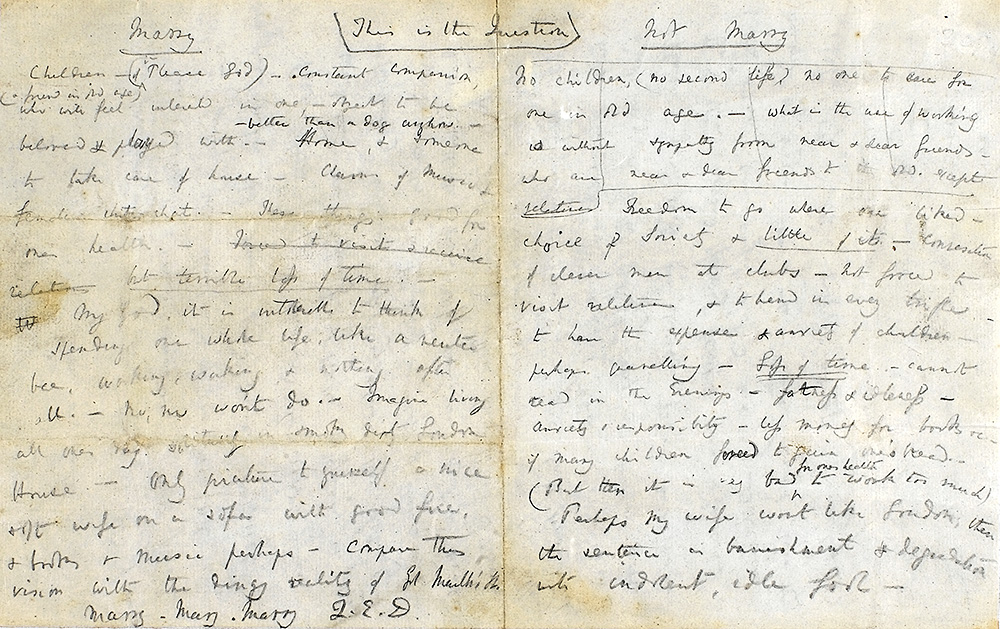By the time Charlie Watts’ snare drum cracks into the recently unearthed alternate acoustic take of “Wild Horses,” above, the song has already gathered as much momentum as the album version, its soulful minor chords filling whatever room you happen to be listening to it in. Released with the video above as a teaser for the extras-packed reissue of 1971’s Sticky Fingers, due out this May, the track replaces Mick Taylor’s electric guitar with well-placed acoustic plucking and almost jaunty rhythm playing by Keith. As Jagger belts them out, the lyrics “unzip” across the screen in a tasteful homage to Andy Warhol’s expertly sleazy Sticky Fingers cover art.
Part boast, part lament, it’s no wonder “Wild Horses” is one of the Stones’ most popular tunes. It seems that no matter what gets added, or taken away, from it, the song remains a completely transporting statement of loss and defiance. The song, stripped down to just vocals and acoustic guitars above, is utterly captivating with or without its electric slide swells, honky-tonk piano, and vocal harmonies, a testament to Richards’ skill with country songwriting, much of which he’d picked up while hanging out with former Byrd Gram Parsons.
The song owes much to Parsons’ 1968 “Hickory Wind,” and Parsons even covered “Wild Horses” as a mostly acoustic country ballad in 1970, the year before Sticky Fingers’ release. The Stones recorded the song in 1969, and clearly knew they had something special on their hands immediately afterward. Just above—starting at 0:40—see the band listen back to another stripped down version of the album take at Mussel Shoals studio in footage from the Maysles brothers’ Gimme Shelter.
The sing-along choruses and overall campfire vibe of The Glimmer Twins’ ballad makes it an ideal candidate for unplugged sessions, and the newly-debuted version at the top isn’t the only time The Stones have re-released an alternate acoustic take. Just above, see them live in the studio recording a new version of “Wild Horses” for 1995’s Stripped, an album of mostly-live, often acoustic reworkings of songs like “Street Fighting Man” and “Let It Bleed” and covers of Buddy Holly’s “Not Fade Away” and Dylan’s “Like a Rolling Stone.” Stripped may be an uneven album (hear on Youtube here), but Jagger and Richards’ brilliant imitations of country music—like “Dead Flowers” and, especially, “Wild Horses”—shine as brightly as ever.
Related Content:
The Rolling Stones Sing the Beatles’ “Eight Days a Week” in a Hotel Room (1965)
Josh Jones is a writer and musician based in Durham, NC. Follow him at @jdmagness


